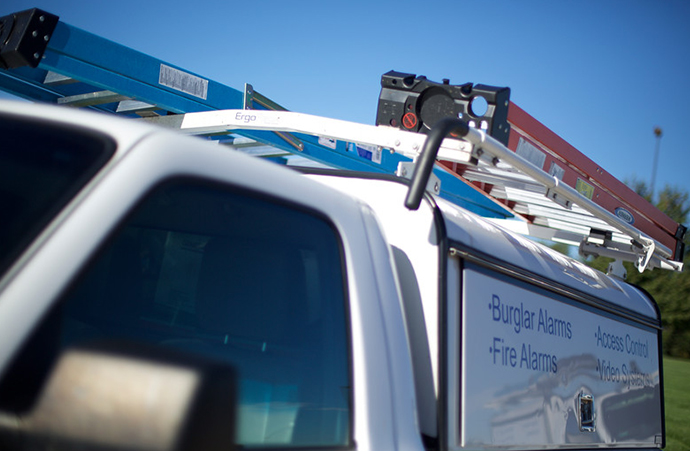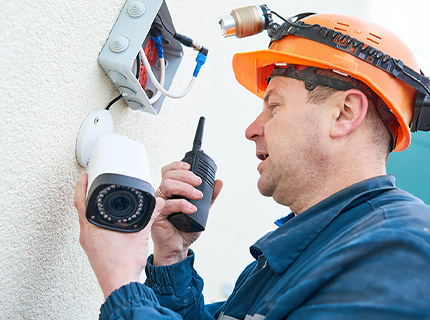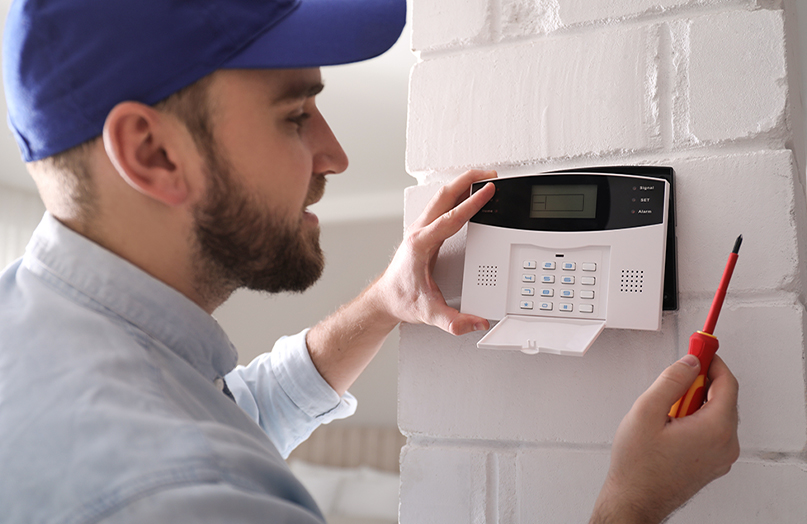Not All Security Companies Are Created Equal. That’s Why There’s TriStar.
At TriStar Commercial, we equip commercial properties throughout Austin, TX with comprehensive, cutting-edge security systems designed to deliver greater efficiency, peace of mind, and visibility.
We don’t oversell. We over deliver.

Have an Existing Security System? No Problem!

Tell us about your property, your security needs, or even existing alarms you may have in place that could be incorporated into your new system.

We’ll schedule an appointment to visit your home or business at a time that works for you. Our team will complete a full assessment of the security of your property.

If you like our estimate, we’ll coordinate with you to install a complete security system you can rely on.
Don’t Just Take Our Word. Here’s What Our Customers Say
Get a Free Quote →
A TriStar Commercial specialist will work with you to identify your needs and present custom security systems that will protect your entire property. 1-512-733-0944







